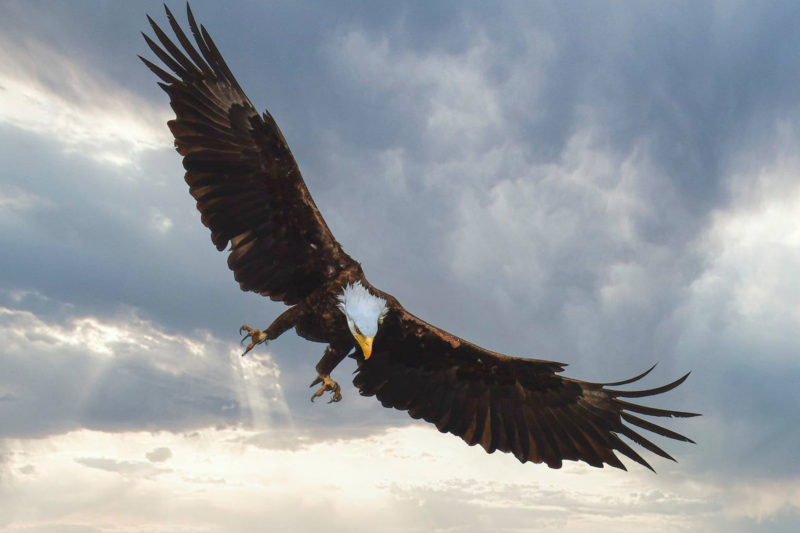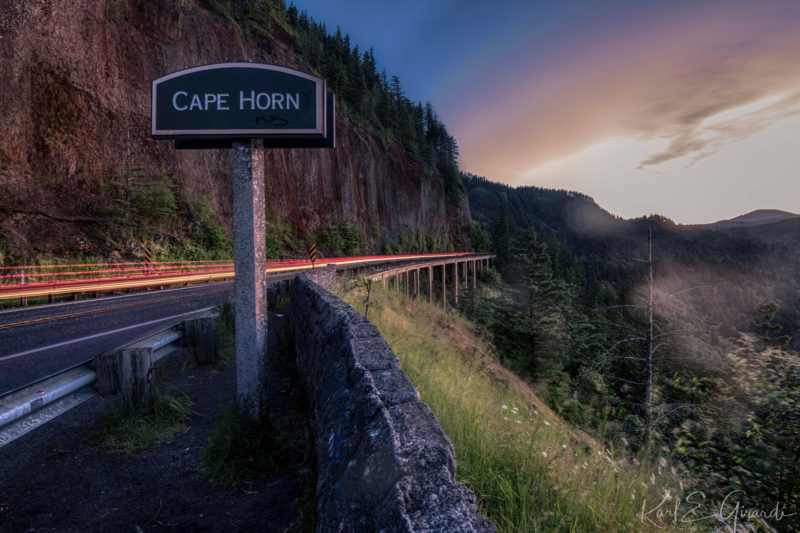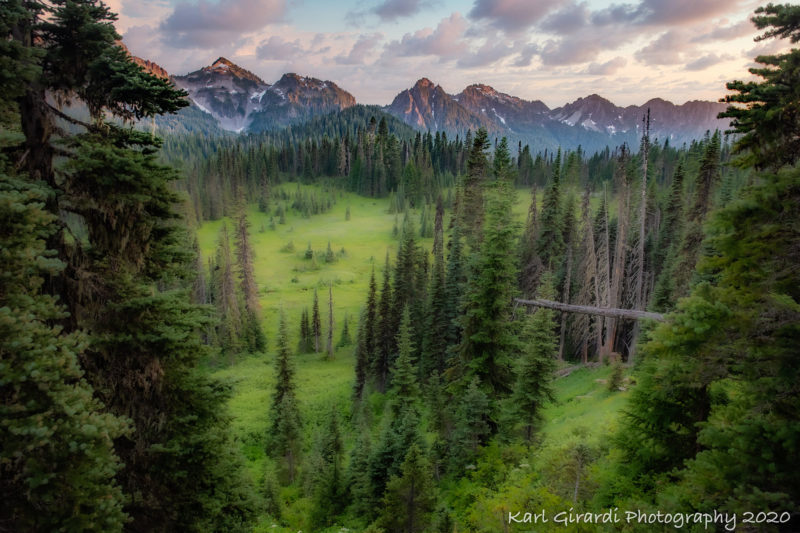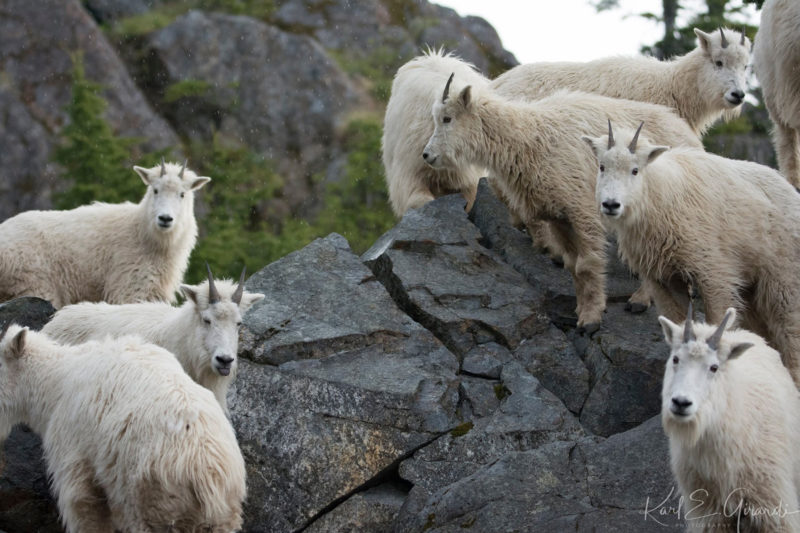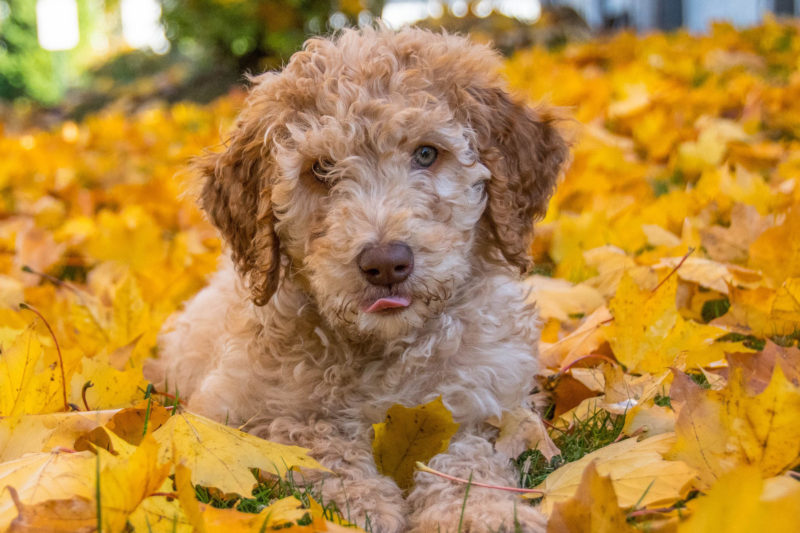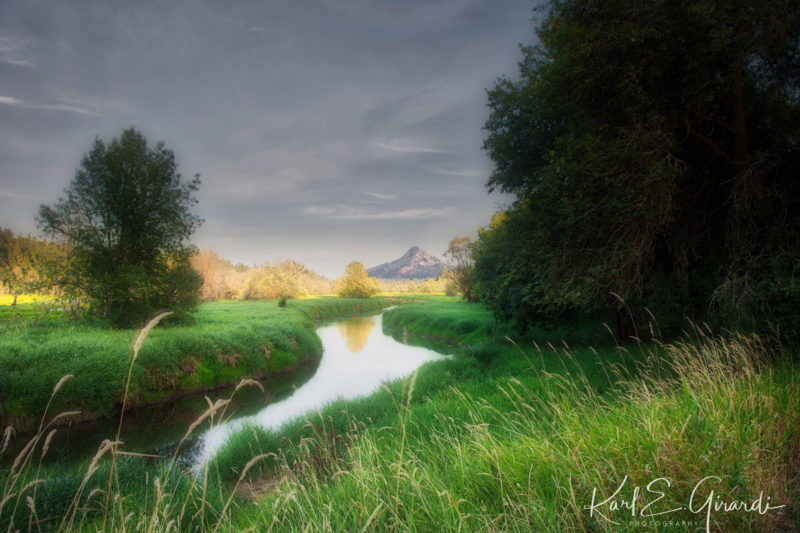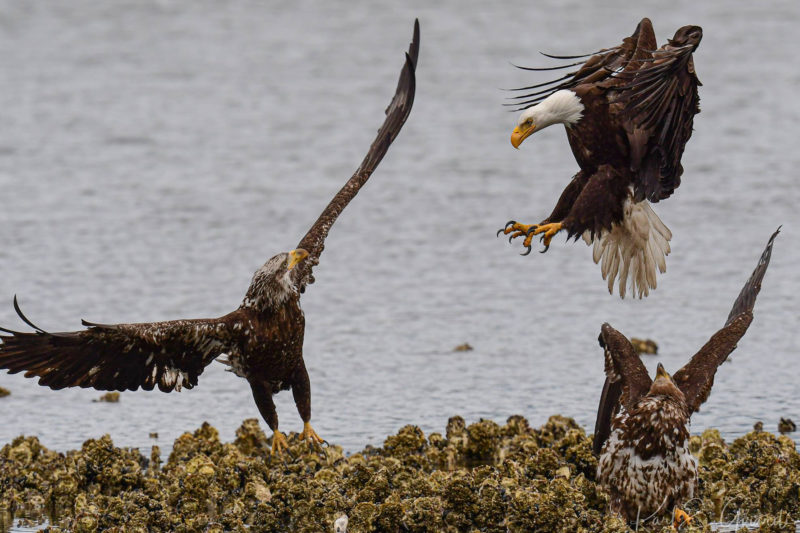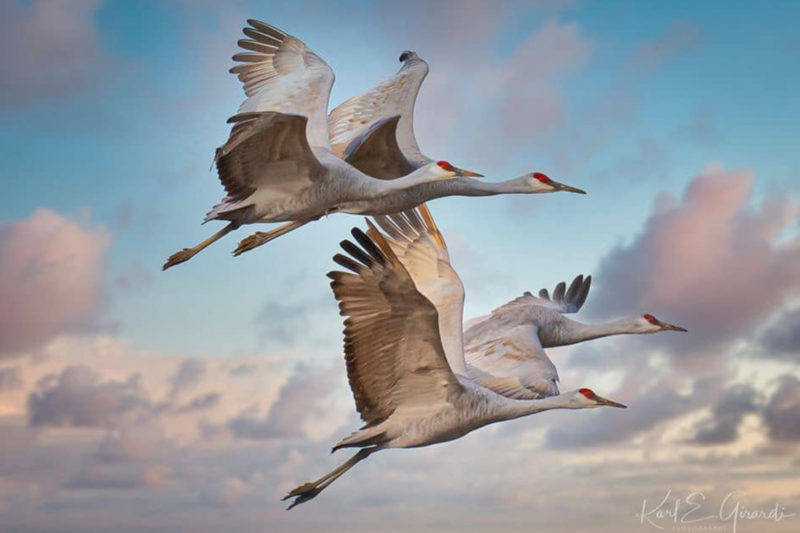Each year, we see a lot of incredible entries to our calendar contest from local amateur photographers. The photos get better and better each year as we receive many repeat entries from hobby photographers aiming for that “perfect” shot. In the spirit of helping those that want to improve their skills and experiment with their photography, we asked Karl if he would share a few basics on how he photographs pets. As a professional, his advice centers around using a digital camera.
I am a Nikon shooter and I always shoot in “M” mode or manual mode. This is where I control the camera functions myself. This is not to say that shooting in auto mode is bad. The camera companies: Nikon, Canon, Sony, and others put a lot of money into software to drive these cameras; auto mode and “P” mode (program mode) are very solid ways to shoot as you are developing your technique.
Before you start taking photos, think about lighting. Besides your subject, lighting is a key factor to any good photo.
You will want to become familiar with ISO as this measures the sensitivity of your light sensor on your camera. The lower the number the less sensitive your camera is to light and the finer the grain. For example, for night shooting, you would shoot at a higher ISO number than during the day to freeze the movement.
For normal light conditions, you would want to shoot at the lowest number your camera body can – ISO 100 or ISO 64 will give you the “cleanest” and sharpest image. But all cameras have auto ISO that allows the camera to adjust for the shooting you are doing (manipulating both light and shutter speed).
But let’s assume you are not shooting in auto and are shooting in manual mode. In this instance, this is my formula when I shot during a normal day: I shoot at ISO 100, place my white balance at auto and adjust my aperture or F stop. The F stop is adjusting the lens opening to allow more light (the lower range is 2.8, 3.5 versus a higher range like F13).
For pets and wildlife, I tend to shoot at F4 to F7.1. If I need a fast shutter speed because I’m photographing flying eagles or a breaching whale, then I will use a lower F stop (F4 or 5.6). For most pets, I would shoot in F4 and adjust my ISO to ensure I have a shutter speed of 1/250 minimum. I would also focus on their nose for a nice portrait. If you have a pet that does not sit still, then you would have to raise your shutter speed to a higher number to freeze that subject and get the shot you’re looking for.
For landscape, I would shoot F11 (higher F stop means more of your object is in the focus area).
I always set my camera to allow me to take a sequence of quick shots. My Nikon has S (Single Photo), CL(Continuous Low), and CH (Continuous High) to choose from. I like to quickly snap 4-6 photos and hope for one that is perfectly in focus and in the pose I’m hoping for. There is a lot of trial and error to get that perfect shot.
Above all, avoid shooting in the direct sun. Sunny days are not great photography days so either take photos in the shade, morning, evening, or on overcast days. Staying away from harsh light makes for better lighting on your subject without introducing artificial light.
I hope this provides you with some ideas for your next venture outside with your camera.



